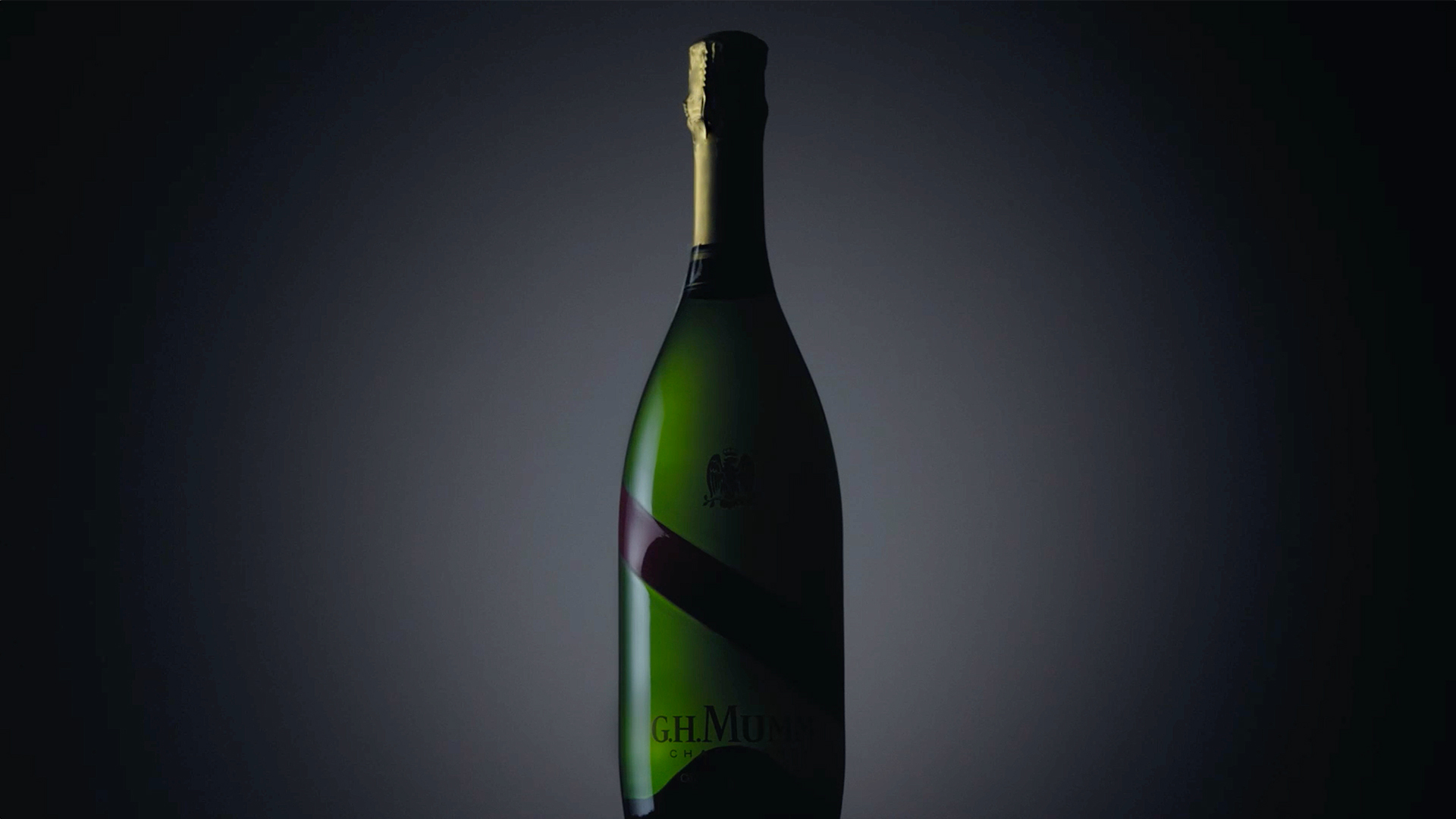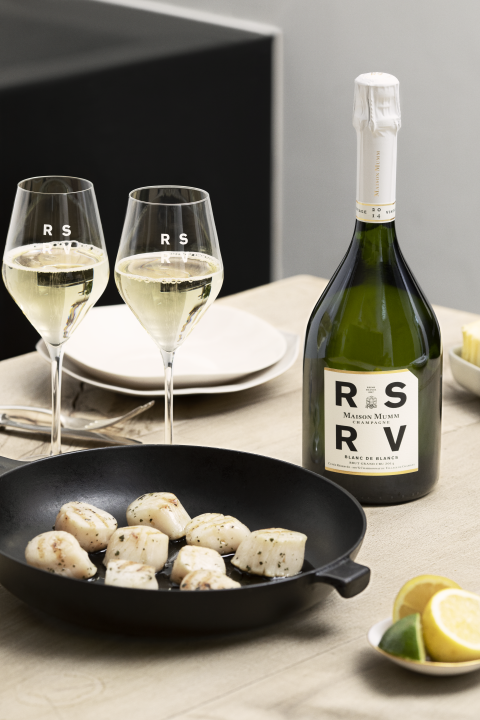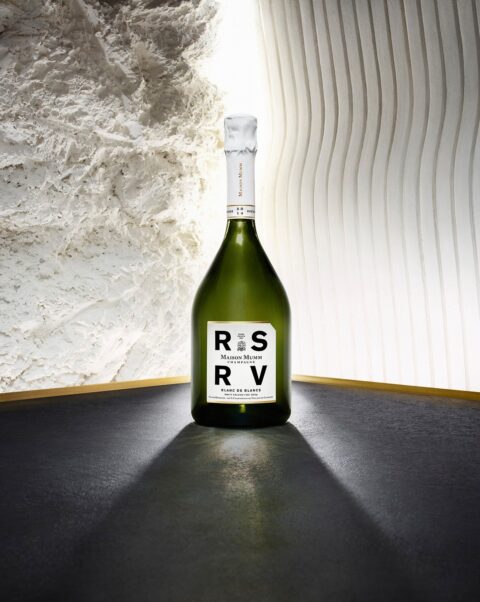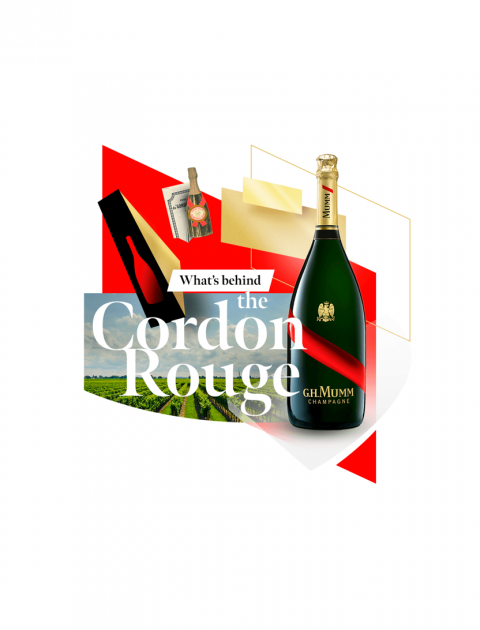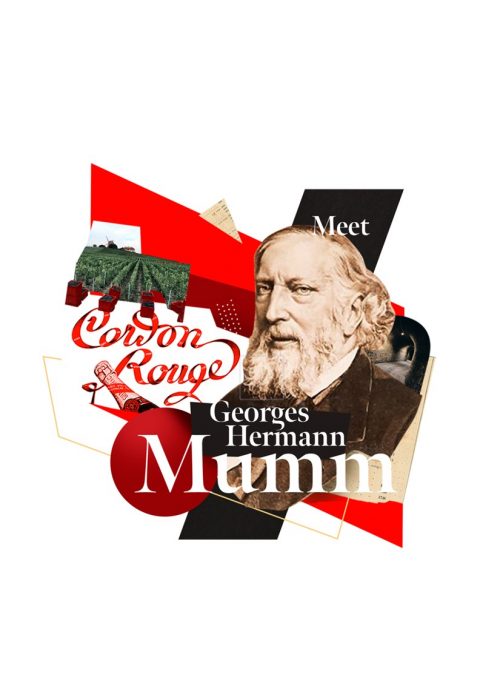How to store champagne
Mumm Champagnes are only allowed to leave the House’s cellars once they have reached optimum maturity. But they still have the potential to develop further: if stored in the right conditions, vintage champagnes will reveal new flavors and added complexity as they age. Here is our expert guide to storing champagne at home.

The influence of darkness and light
To ensure that your champagne maintains its impeccable quality, store it in a dark place away from light. This will help to protect the wine from a phenomenon known as “light strike” that can lead to unpleasant aromas. Other indications of light strike are a change in the color of the champagne, and the development of sulfur compounds liable to taint the tasting experience.
If you are unable to store your precious Mumm champagnes in total darkness, you can still protect them by wrapping the bottles in opaque paper (such as black silk tissue paper). As a general rule, always store your wines in the darkest conditions possible.
Store your bottles horizontally
The best way to store champagne is to lay the bottles on their side. The cork needs to be in contact with the wine to ensure that it remains moist, thus slowing the process of oxygenation.
If bottles are stored vertically, the cork can dry out and even become damaged, although the pressure created by the bubbles in champagnes means that they are less exposed to this phenomenon than still wines.


The crucial role of temperature
The temperature in your cellar is a decisive factor when aging champagne in the bottle. As a rule of thumb, the higher the temperature, the faster the wine will develop. The ideal temperature for storing champagne is approximately 50°F (10°C).
By far the greatest threat to your prized bottles is the risk posed by temperature variations, hence the importance of getting this factor under control. A sudden change of temperature can do irreversible damage to your favorite champagne.
This is also what makes larger bottles such as magnums and methuselahs better for storing champagne. These larger formats take longer to warm up or cool down when the temperature fluctuates.
Humidity control
Storing champagne in a damp cellar can cause mold to form on the cork, label, and bottle. At the other end of the scale, the cork will dry out in arid conditions, which can also have a negative impact on the wine.
In order to store your champagnes in the very best conditions, we recommend keeping a close eye on the humidity in your cellar. The ideal ratio of relative humidity is between 60% and 70%.

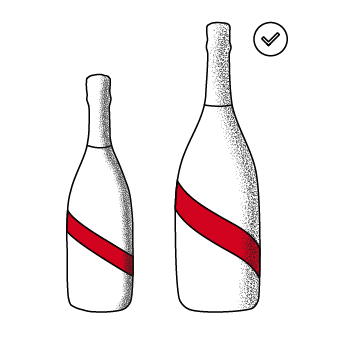
Oxidation in champagne
Oxidation is a chemical reaction between the alcohol in the wine and the oxygen in the air.
Mumm uses bottles with longer, narrower necks than the traditional champagne model. This considerably reduces the amount of air present in the bottle, providing better conditions for the wine’s aromas to develop and mature.
This air-to-wine ratio is another reason why larger bottles such as magnums or methuselahs are preferred when aging fine champagnes over many years.
In conclusion
When stored in the right conditions, your Mumm Champagnes will continue to age and develop for years to come. Be sure to remember our golden rules for cellaring champagne:
- Storing bottles in a dark place
- Storing your bottles on their side
- Ensuring the temperature remains stable, at around 50°F (10°C)
- Ensuring humidity stays between 60% and 70%
- Opting for large bottles, such as magnums
